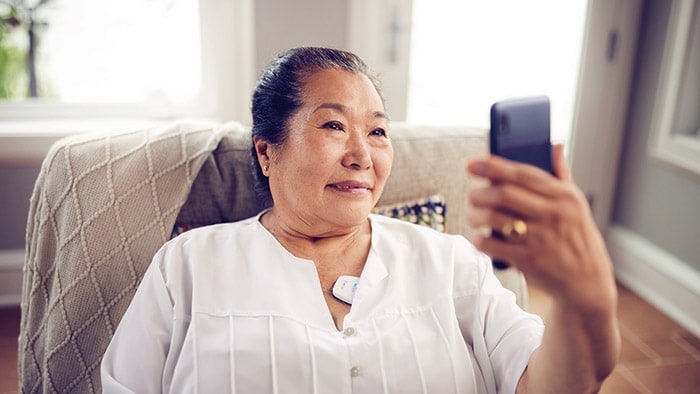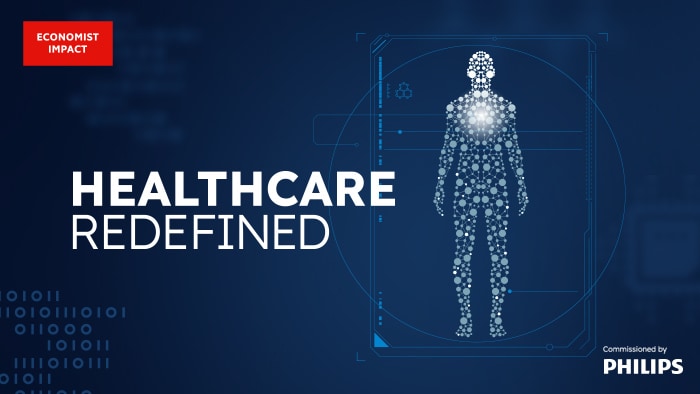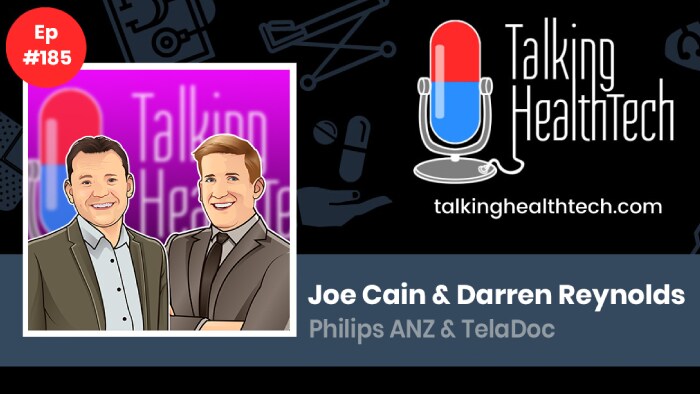Jan 26, 2017
Banner Health reduces hospital admissions by nearly 50 percent managing high-cost patients by leveraging Philips’ telehealth program
Expanded telehealth study builds on 2015 results, showing continued success in reducing costs, hospitalizations and readmissions for chronically ill, complex patients
Amsterdam, the Netherlands – Building on a successful pilot study to demonstrate how telehealth solutions can support connected health initiatives and better manage care for patients with multiple chronic conditions, Royal Philips (NYSE: PHG, AEX: PHIA) and Arizona-based Banner Health today announced results [1] showing significant decreases in both patient healthcare costs and hospitalization rates. As part of the overall telehealth program at Banner, one of the largest non-profit health systems in the country, the Intensive Ambulatory Care (IAC) pilot program treats patients with complex medical situations due to multiple chronic conditions. Across the nation, these types of patients generate 50 percent of overall healthcare spend [2] The results of this latest cost analysis reveal the initial benefits for Banner by leveraging Philips’ IAC program continue to improve with significant reductions in hospitalizations, readmissions and healthcare costs, and ultimately, improving patient outcomes overall. In this updated study, Philips and Banner examined 128 [3] patients who had at least one year pre-IAC and one year post-IAC follow up to see the prolonged impact of the IAC program on patient outcomes. The analysis of patient results over the first full year of the program revealed that the IAC program helped: “This updated data of our telehealth program shows that we were able to achieve even more significant cost savings and reduced hospitalization rates by continuing to leverage Philips’ powerful telehealth solution,” said Deb Dahl, Vice President, Patient Care Innovation, Banner Health. “We have been able to make significant improvements with our most complex patients over long periods of time, and the results can potentially be applied to better manage the health of other patient populations.” The one year post-IAC follow up results presented in this study are significant as they provide an even more accurate picture of day-to-day patient outcomes of the IAC program. The longer patients with chronic conditions are monitored, the more difficult it is to sustain or improve outcomes due to multiple factors, including the increased chances of chronic conditions worsening and the Hawthorne effect, in which research participants alter their natural behavior in the short-term due to their awareness of being evaluated [4]. As time passes with this psychological phenomenon, participants are gradually more likely to forget they are being evaluated and act natural, instead of trying to put forth their best behaviors. “Connected care technology can be a powerful tool in improving care while reducing costs, and having data that demonstrates its long-term success is critical to driving wider adoption by both patients and care providers,” said Manu Varma, General Manager and Head of Philips, Hospital to Home. “We applaud Banner for the dedicated investments and inventive processes they have put in place allowing them to achieve these substantial results.” The Philips IAC program is part of a suite of integrated enterprise telehealth solutions powered by Philips to help improve outcomes, provide better value and expand access to quality care. These programs help address multiple cohorts within a population ranging from highest cost patients with intensive ambulatory care and acute needs, to discharge transition and chronic patient management, to prevention and wellness for the general population. Philips telehealth programs are designed to leverage a proactive care model to clinically transform the delivery of care to address growing clinician shortages while improving patient outcomes. For more information on the full suite of Philips clinical telehealth programs, visit www.hospitaltohome.philips.com. [1] Dahl, D., Khurana MD, H. (2015). Impact of an intensive ambulatory program on both financial and clinical outcomes in Banner Health, revisit the initial cohort with extended follow-up. Unpublished internal study. [2] Department of Health and Human Services, AHRQ, The Concentration and Persistence in the Level of Health Expenditures over Time: Estimates for the U.S. Population, 2008-2009. [3] This number represents the patients enrolled in the IAC program who had data available beginning one year prior to entering the IAC program, and one year of data after entering the program. [4] Campbell, Jack P et al. Hawthorne Effect: Implications for Prehospital Research. Annals of Emergency Medicine, Volume 26, Issue 5, 590 – 594.
About Royal Philips
Royal Philips (NYSE: PHG, AEX: PHIA) is a leading health technology company focused on improving people's health and enabling better outcomes across the health continuum from healthy living and prevention, to diagnosis, treatment and home care. Philips leverages advanced technology and deep clinical and consumer insights to deliver integrated solutions. Headquartered in the Netherlands, the company is a leader in diagnostic imaging, image-guided therapy, patient monitoring and health informatics, as well as in consumer health and home care. Philips' health technology portfolio generated 2016 sales of EUR 17.4 billion and employs approximately 71,000 employees with sales and services in more than 100 countries. News about Philips can be found at www.philips.com/newscenter.
About Banner Health
Headquartered in Phoenix, Arizona, Banner Health is one of the largest, nonprofit health care systems in the United States, managing 28 acute care hospitals, the Banner Health Network and Banner Medical Group, long-term care centers, outpatient surgery centers and an array of other services including family clinics, home care and hospice services, and a nursing registry. Banner Health operates in seven states, including Arizona, California, Colorado, Nebraska, Nevada and Wyoming. For more information, visit www.BannerHealth.com.
Topics
Contacts

Kathy O'Reilly
Philips Global Press Office Tel.: +1 978-221-8919

Albertine Schor Brand and Communications Manager Tel: +61 (02) 9947 0040







